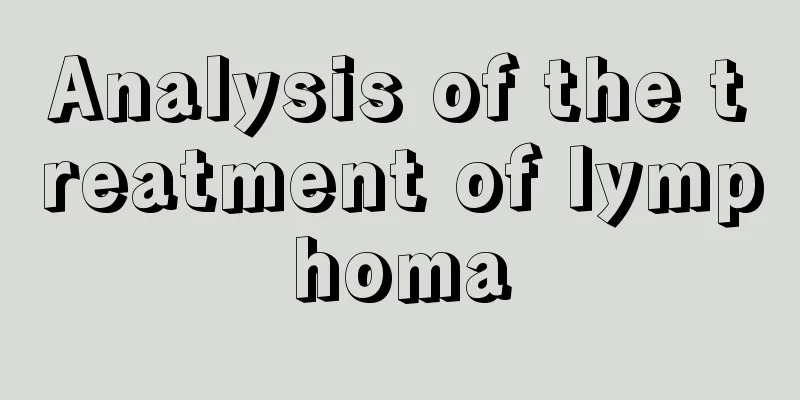Can colonoscopy examine the small intestine?

|
Colonoscopy is also a widely used intestinal examination procedure, and colonoscopy mainly uses an endoscope to insert into the human anus to detect lesions in the colon and large intestine inside the anus. There are many types of diseases that can be detected by colonoscopy, such as colorectal polyps, colorectal tumors, etc. But if a person has a problem with their small intestine, can they detect it through colonoscopy? Colonoscopy is to observe the internal condition of the human colon and large intestine, that is, to check whether there are any lesions inside the human colon and large intestine. If you have diseases such as colorectal polyps, gastrointestinal bleeding, malignant tumors, or some chronic enteritis, you can choose to have a colonoscopy. You can only eat some liquid food starting from the three days before the colonoscopy, and you need to take castor oil orally on the day of the examination and you cannot eat breakfast. When starting a colonoscopy, you need to use intestinal fluid to clean the large intestine. Only after it is clean can the examination be performed. A colonoscopy usually takes about half an hour, and the patient needs to sleep on his left side during the examination. A colonoscopy may cause abdominal distension or bloody stools, but it is not very harmful to the person being examined. Enterography is an X-ray examination of the small intestine. This examination is very effective in diagnosing some small lesions. In addition, it is very effective in diagnosing some small depressed lesions. Conditions such as gastrointestinal bleeding, diarrhea, abdominal pain, tumors, small intestinal adhesions, etc. can all be treated with small intestinal angiography. However, you can reduce the intake of some indigestible foods one or two days before the small intestine radiography examination, and some high-atomic-weight drugs should not be taken. You need to fast and not drink water the day before the examination, and you need to take barium sulfate suspension on an empty stomach one or two hours before the examination. Enterography may cause some complications, such as severe pain in the lower limbs, increased intestinal water absorption, abdominal distension, bloody stools, etc. Enteroscopy and colonoscopy are different in terms of the objects of examination. Enteroscopy is used to examine the condition of the small intestine, while colonoscopy is used to examine the condition of the large intestine and colon. The examination methods of the two are also different. Enterography is performed through X-rays, while colonoscopy is performed through an electronic photographic tube. In addition, there are certain differences in the scope of application. Enterography is mainly used for some diseases of the small intestine, while colonoscopy is used for some diseases of the large intestine and colon. In addition, there are certain differences in the examination methods of small enterography and colonoscopy, as well as the complications caused after the examination. |
<<: The main functions of the small intestine
>>: Tap the Small Intestine Meridian
Recommend
Is goat milk powder better than cow milk powder?
We all know that taking care of a baby is a great...
Complications after laryngeal cancer resection
There are many modern people, especially smokers,...
What Chinese medicine is good for fever caused by bile duct cancer
When bile duct cancer patients are recovering, th...
Is there inflammation after lung cancer surgery?
In life, we are very afraid of various cancers be...
What are the factors that affect the survival rate of autologous fat transplantation?
Modern people attach great importance to beauty a...
How to deal with oral hygiene
Nowadays, brushing teeth has become a must in peo...
What's wrong with the pain under my chin?
The human body works like this, when one part mov...
What kind of care should lung cancer patients receive? Eight nursing measures for lung cancer patients
Due to the severity of lung cancer, we need to do...
Will eating bayberry cause you to get a sore throat?
Bayberry is a fruit produced in Guangxi, Guizhou,...
Is there any successful treatment for advanced liver cancer? Who are the high-risk groups for liver cancer?
Liver cancer is a malignant tumor of the liver. I...
What are the dietary prevention methods for lung cancer? Eat these foods to prevent lung cancer
In the winter mornings, the air is filled with th...
Will a person die from a glioma?
Many people are unfamiliar with glioma. But have ...
What tests should be done for small cell lung cancer
What tests are needed for small cell lung cancer?...
What causes small pimples on the inside of the neck?
The appearance of small fleshy bumps on the neck ...
How to prevent brain cancer
In recent years, brain cancer has become one of t...









